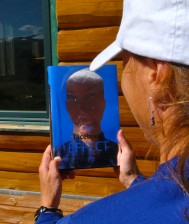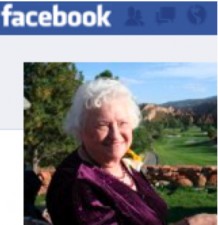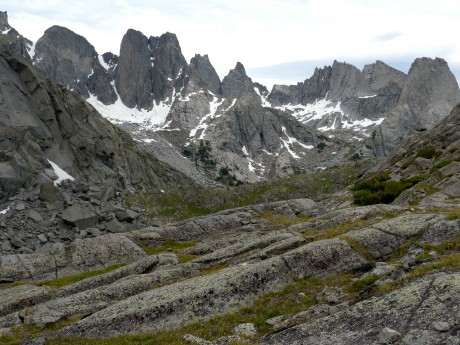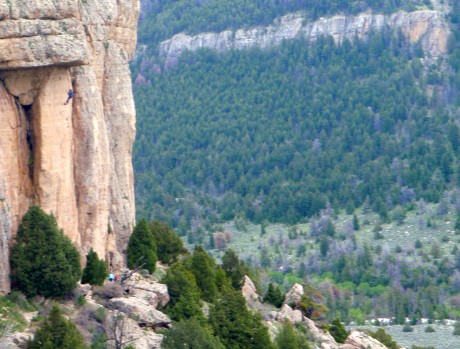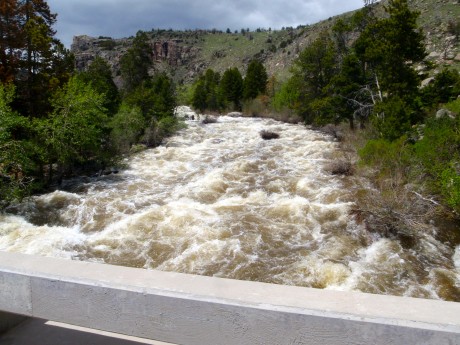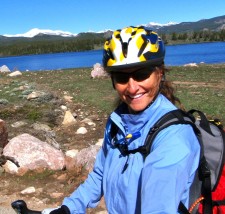This is POST 28 of my “fitness journey.” For backstory, see Post 1,
Post 2, Post 3, Post 4, Post 5, Post 6, Post 7,Post 8, Post 9, Post 10, Post 11, Post 12Post 13,Post 14, Post 15, Post 16, and Post 17,Post 18, Post 19,Post 20,Post 21, Post 22,Post 23, and Post 24, Post 25, Post 26 and Post 27.
Hello! It’s been a while since I’ve published a blog post for my “fitness journey.” It’s time to do one. Thanks again for reading and following my journey in fitness. Your support is felt and appreciated!
The headline for this post could be “Tough? Or Stupid?” Or, it could be — and I much prefer this one — “How and Why We Endure Suffering.”
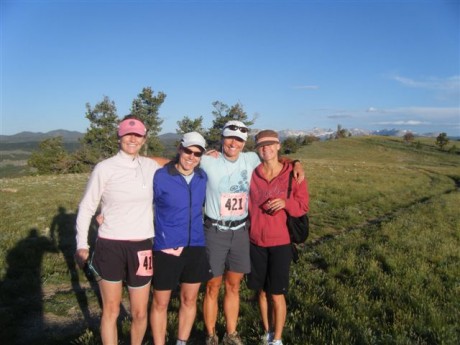
Recently, on July 10, I participated in the Wild Iris 21k trail run, located in the world-class Wild Iris Climbing area, located about 25 miles south of my hometown of Lander, WY. The race was sponsored by Elemental Training Center, the gym to which I belong, and is part of the annual International Climbers Festival. Runners/walkers choose from the 5k, 10k or 21k distance.
What a terrific event! If you want to be challenged and get a great workout in what is a spectacularly scenic landscape, add this event to your calendar for next summer.
As some of you who are friends or family or who follow this blog may know, I recently endured some serious blister damage to both feet during a life list, epic and awesome Grand Canyon Rim-to-Rim-to-Rim adventure. It was a trip of a lifetime for me and I’m still inspired by the experience. It’s taken some weeks to get all new skin grown back on my feet, and I am missing some key toenails. But, my fitness level is as good as it’s probably ever been and in many ways I have new feet. Pretty exciting times, eh?
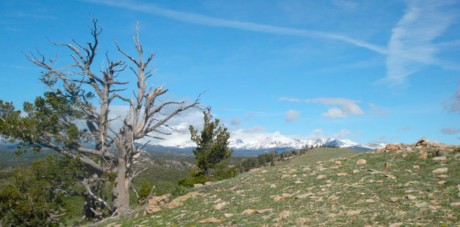
When considering and researching the Wild Iris 21k, two things stood out in the descriptive text: This is an exceedingly hard race. And, the words used to describe the 21k course: elevation intensive. These statements were accurate, I knew, but given they were likely written by my coach and friend, Steve Bechtel, founder of Elemental Training, meant they carried more weight than normal, if you know what I mean. So I knew I was in for a great workout if nothing else, and so I signed up.
Good workout? Check. Spectacular scenery? Check. Great support and aid? Check. Pain? Check. Suffering? Check.
It’s that last part that wasn’t expected, or welcome.
Despite being warned at the race start of the trail’s steep and rocky nature (including the mention of a participant last year who rolled her ankle!), and despite my substantial first-hand experience at running steep and rocky downhill trails, I turned an ankle, bad, during the event. Not just during, but near the beginning of the adventure, just under the 1.5-mile mark into the 21k run.
The scenery was spectacular. I could blame that. After all, I was looking at the striking Atlantic Peak when my ankle turned. But I alone get the blame. Darn it. For a fleeting, split second I took my eye off the trail in front of me, during a rocky downhill section, to soak in the views, at which time I turned my left ankle. I’ll say it again: Bad.
I recently interviewed Elemental Training endurance athlete Missy White, and she shared with me a slogan that a friend recently shared with her: “Pain is inevitable, suffering is optional.” I made a mental note to myself to remember it because I like it and think it’s true when it comes to improving one’s fitness level and capabilities.
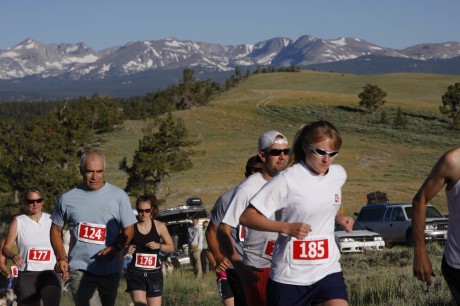
I thought of her quote when my ankle turned. I also remembered, immediately, a conversation Steve and I had only recently shared in the gym. The gist was to be able to recognize the difference between pain and injury. Hell fire, I even wrote a post about it. So, after my ankle turned, and I fought back cuss words and tears, I remembered this conversation I had had with Steve. But, after a few strides, I evaluated the situation and determined that I did not feel as if I was doing further, or permanent, damage to the ankle. It was also determined, unfortunately, that my experience was to going to be one had some of the usual pain, but indeed some unwelcome and serious suffering.
And therein lies the point I want to make in this post. Why would, and how could, I continue for 11+ more miles, under such painful circumstances? This is what my friends and family have asked me.
So let me tell you why. The scenery and the camaraderie. It is the scenery — in particular, the scenery we are blessed with in Wyoming’s Wind River Range — and sharing it with others that not only keep me going back for more, but propel me to continue even when some suffering is involved. And, also, the mind. Let’s not forget to mention that the power and ability of one’s mind can be significant. The mind can cause us to do smart things and stupid things. It can also enable us to “buck up” and endure incredible suffering.
My Wild Iris 21k was a magnificent experience, and I enjoyed much of it, despite the ankle injury.
I don’t want to be careless here. If my continuing caused more damage to my ankle, then continuing was a bad decision. But I think it did not, and I hope it did not. I think I’d be icing at the same high level if I would have stopped at 1.5 miles. We’ll see. I hope I’m right. For now, I’ll be a good patient and try and speed the recovery. There are miles of trails to explore yet this season and I don’t plan on giving them up. Thankfully, the trails will wait for me.
In the meantime, wish me luck tomorrow when I see Steve at the gym and I get the “Tough vs. Stupid” lecture. :>
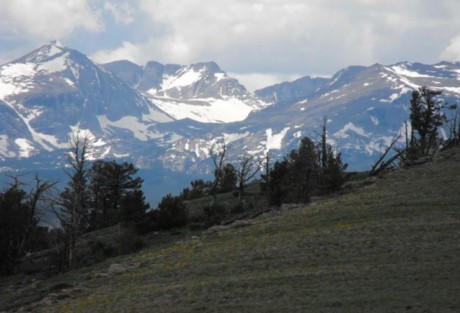
Elemental Gym has a fantastic gym, some terrific programs and classes that will help you achieve better fitness. And, I might add, some great personal trainers: Steve Bechtel, Ellen Bechtel, Jagoe Reid, Sophie Mosemann and Lee Brown.
